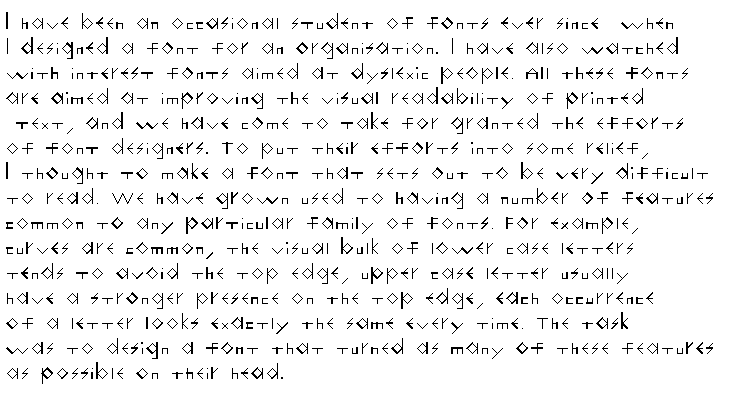A Good Start
I was recently in Adelaide, and I had cause to use a car park courtesy (if that is the right word) of Wilson Parking. The entry to the car park offered the use of a credit card by way of payment, with its obvious means of identifying both the duration of the stay in the car park and a means of payment upon exit. The entry was quite uneventful, with me inserting and retrieving my credit card in a wholly natural way.
Things Start Getting Exciting
Having spent a pleasant time in Rundle Mall, I returned to the car park to pay for the privilege using it, and my subsequent departure. It is at that point that things became exciting. The pay station that I used had a credit card reader, much the same as the credit card reader that I had used upon my entry to the car park. I put my credit card in, and nothing happened. I tried to extract my credit card, but without success. I then used a second credit card to force the first credit card in so far into the credit card reader to try to cause it to eject the first credit card, but still nothing happened. The credit card reader was plainly malfunctioning: it had failed to accept the first credit card, and it had failed to reset itself under a fault condition.
There was a communications station next to the pay station, complete with push-button, speaker and microphone. I pushed the button. Nothing happened. I pressed the button for longer, and still nothing happened. After about six attempts, all unsuccessful, I called the help telephone number displayed beside the communications station. The first call was dropped. The second call was dropped. I got through on the third attempt. The first question that I was asked was “which car park?”. I had no idea. There were no identifiers showing the car park in which I found myself. It was only the kindness of a passing stranger that help me to provide an answer. It took a very long time for the person at the other end to finally comprehend what had gone wrong, at which point me she informed me that the manager of the car park would arrive in 15 to 20 minutes to retrieve my credit card. He arrived late.
In the meantime, my partner had gone to a second communications station, and had got through. She informed the person at the other end that the communications station that I was using was non-functional, and the person at the other end denied that this was the case. She was asked by the person at the other end which pay station was causing the issue. There were no identifiers on either of the pay stations.
While we were waiting for the manager, we were informed by other car park users that these pay stations had a reputation for swallowing credit cards.
The manager turned up, and was unable to retrieve my credit card. He felt the need to ask me if I actually had a credit card in the reader. He then stated that he would need to get a technician in to retrieve my card, and that this would take some time. We agreed that we should make contact with him in an hour or so. As we were planning on going elsewhere at that time, this then raised security issues, and the manager stated that me quoting the first four digits of the credit card would be an adequate identifier. Anybody with even a rudimentary knowledge of credit card security knows that this is inadequate.
I work with information technology as a matter of course, and I am normally more tolerant that most other people of its foibles. When we left the car park, I was livid and my partner was distraught.
An Analysis
I formed the following opinions, and here I must choose my words with extreme care, this for obvious reasons.
- The pay stations also had a ticket entry point, and appear to require the insertion of a ticket (not provided to me at the point of entry), before the insertion of a credit card. This might indicate a failure to fully think through how the whole system worked.
- The software within the pay station was inadequate. Whether this was due to an inadequacy of the Use Case diagram at the system design stage, or a coding failure, or an omission from the test procedures, I cannot determine.
- The technology exists to prevent a credit card being inserted into a reader at inappropriate times. This had not been selected at the design stage.
- The failure to eject any contents under either a fault condition or a reset condition could be considered a design failure.
- The reputation for swallowing credit cards could indicate a design weakness, or quality control issues during manufacturing, or some combination of both.
Finally
On returning to the car park about an hour and a half later, the technician had just retrieved my credit card, and gave it back to me.





